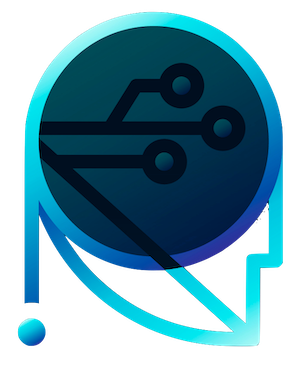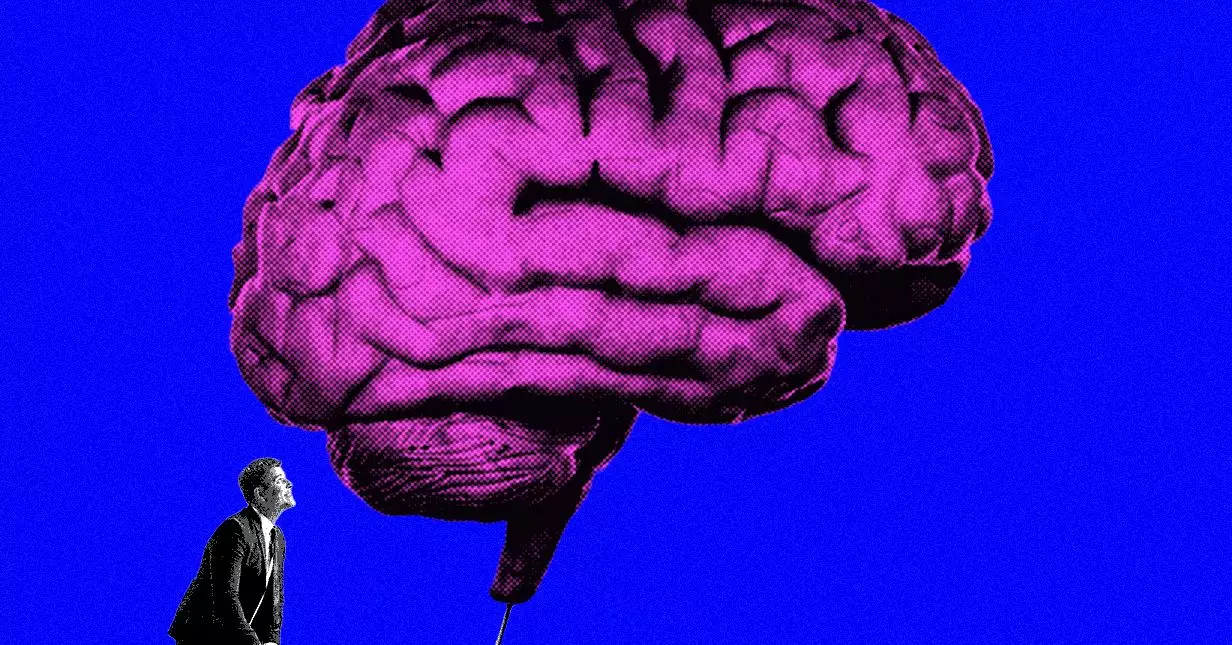In the rapidly evolving world of artificial intelligence, businesses are constantly on the lookout for solutions to leverage their vast datasets. However, as Jonathan Frankle, Chief AI Scientist at Databricks, points out, the primary hurdle many organizations face is the prevalence of “dirty” data. Often, data is inconsistent, incomplete, or simply unstructured, rendering it nearly impossible to utilize effectively. While organizations possess ideas and raw data, the bridging of these elements into a coherent, actionable AI model remains an uphill battle. This disconnect underscores the need for innovative techniques that can empower companies to create functional, high-performing AI systems without the prerequisite of immaculate datasets.
Revolutionary Approaches to AI Training
Databricks is pioneering a method that holds the potential to reshape the AI landscape, especially for enterprises confronting data quality issues. Their approach hinges on a fascinating combination of reinforcement learning and synthetic data generation. This dual strategy is ingenious; reinforcement learning allows AI models to enhance their capabilities through trial and error, while synthetic data—artificially generated data that mimics real-world scenarios—opens avenues that reduce dependence on high-quality labeled data. By merging these methodologies, Databricks aims to mitigate the constraints imposed by data imperfections.
This concept is reminiscent of the “best-of-N” reasoning that suggests that even models with subpar initial configurations can achieve impressive results if given enough opportunities to learn and adapt. Frankle notes that this approach is not just theoretical—it is grounded in real-world application. By training models to predict which actions humans would prefer, Databricks creates a feedback loop that continually refines these models’ outputs, thereby chipping away at the inherent challenges posed by dirty data.
The Promise of Test-Time Adaptive Optimization
Taking this to the next level, Databricks has developed an innovative technique known as Test-time Adaptive Optimization (TAO). This method cleverly integrates the advantages of reinforcement learning directly into the model’s framework. By doing so, TAO not only enhances model performance during the training phase but also optimizes it at the point of deployment. This is a significant leap forward because it allows models to adapt on-the-fly, tailoring their responses based on the contextual relevance of incoming data, regardless of its original cleanliness or structure.
The implications of TAO are vast. Companies can deploy agents that are remarkably nimble and adaptable, navigating through the murky waters of inconsistent data without getting mired down. This capability fosters a degree of resilience in AI applications, empowering organizations to harness the full potential of their data resources—even when those resources are far from ideal.
Benchmarking Success Without Perfect Data
One of the most compelling aspects of Databricks’ approach is their commitment to transparency. Unlike many competitors in the field, Databricks is forthcoming about their methodologies, showcasing their ability to create cutting-edge models while exposing the intricacies of their development processes. This openness not only builds trust but also serves as a powerful marketing tool, enabling businesses to envision what they can achieve by collaborating with experts who understand the landscape of AI and its data challenges.
The creation of their reward model, or DBRM, illustrates this point beautifully. It acts as a filter to select the best outputs from various model iterations, effectively creating a feedback loop for generating synthetic training data. This model can enhance the following iterations of AI development, leading to a continuously improving standard of quality across all outputs without the radical necessity for perfectly labeled data.
Navigating the Future of AI
As AI technology progresses, the agility and capability of models will be imperative to their success. Databricks’ integration of reinforcement learning with synthetic data generation is a striking example of how innovative thinking can tackle longstanding issues in AI development. As companies worldwide strive to capitalize on their data, the methodologies developed by Databricks serve as a beacon, illuminating a path through the complexities of AI training and deployment. With its focus on practical solutions to dirty data, Databricks positions itself at the forefront of a revolution that could redefine how we view and implement AI technologies across diverse industries. The potential to foster a more inclusive and functional AI landscape rests on the successful adoption of such pioneering techniques.


Leave a Reply